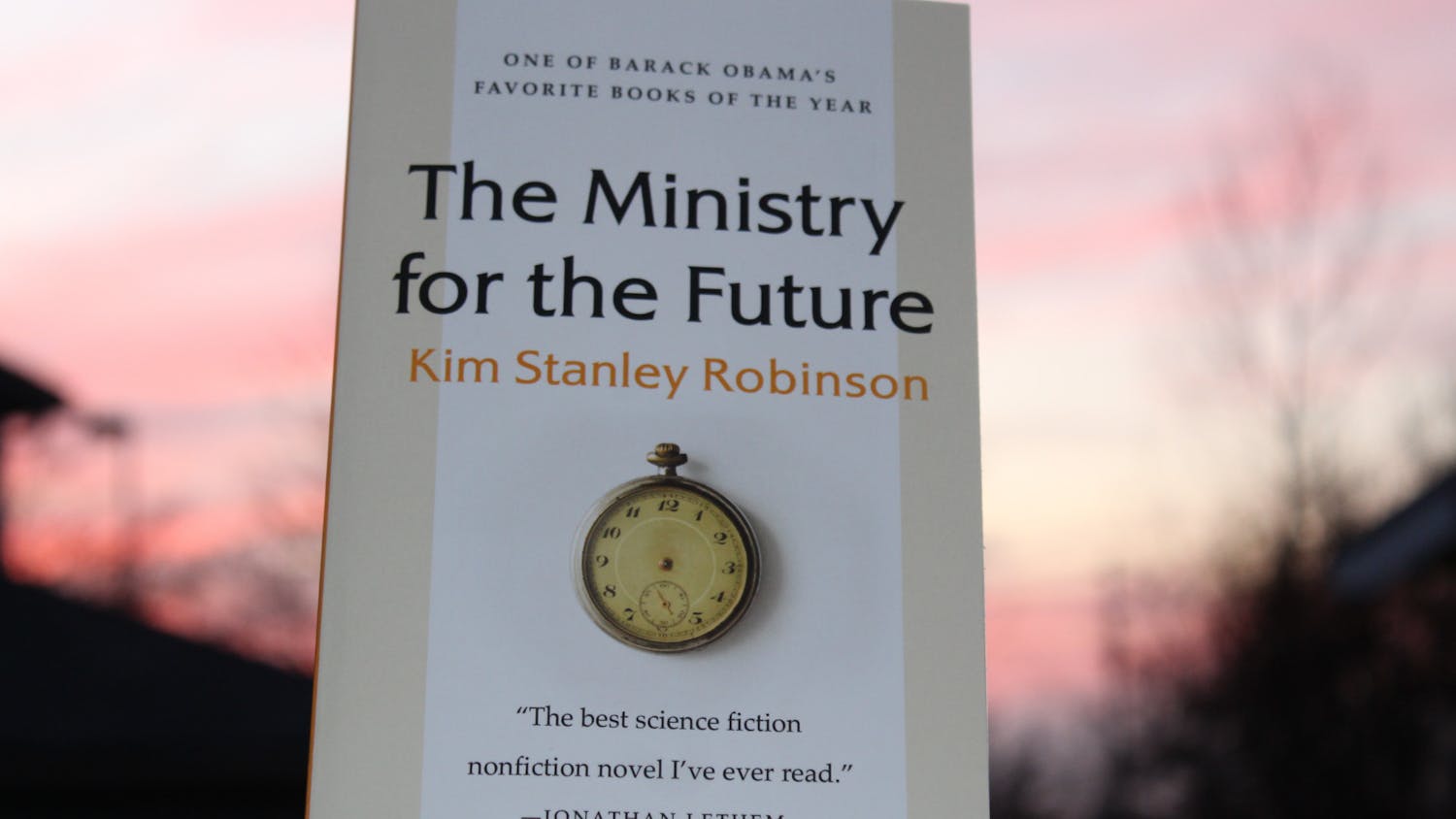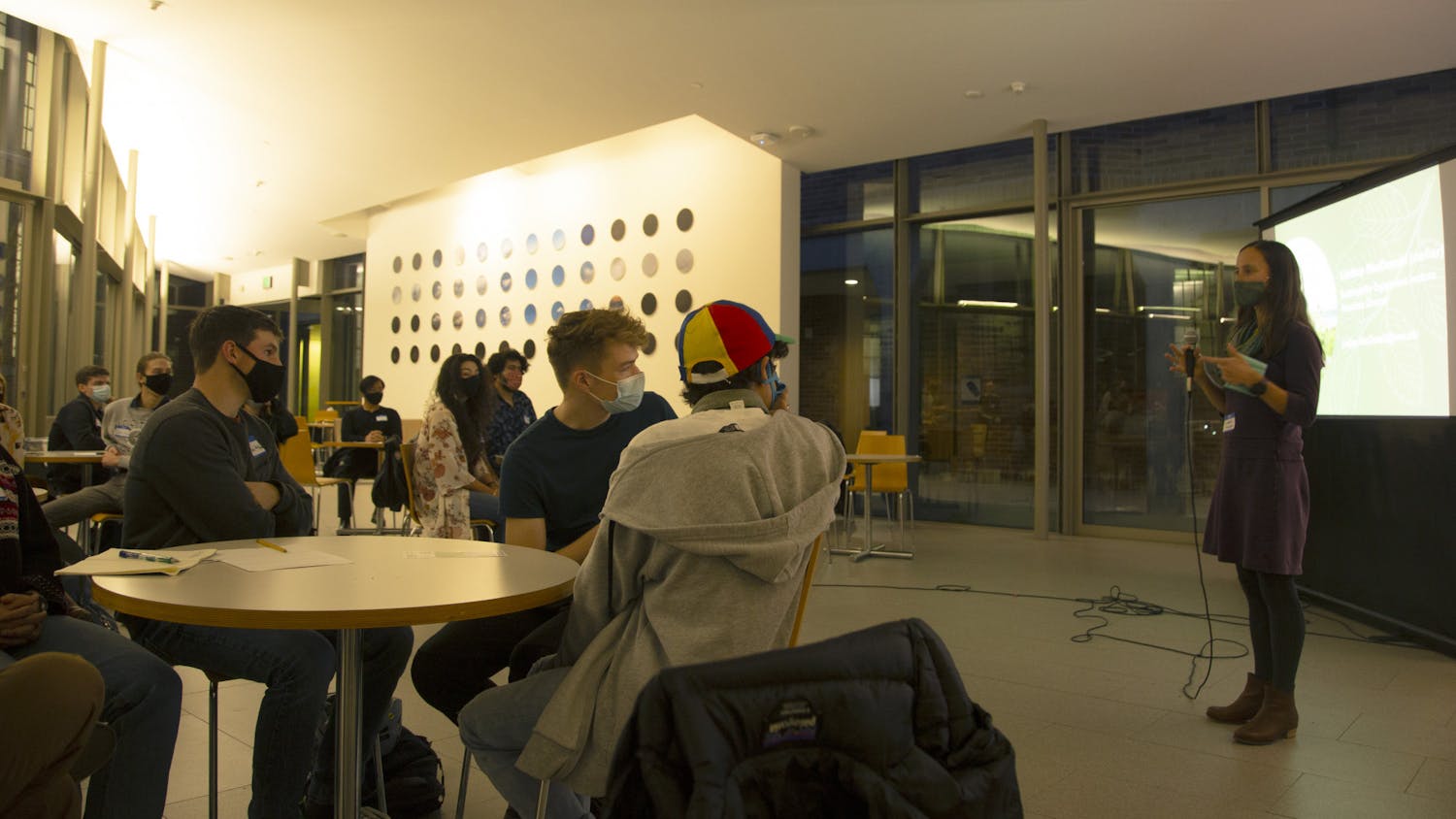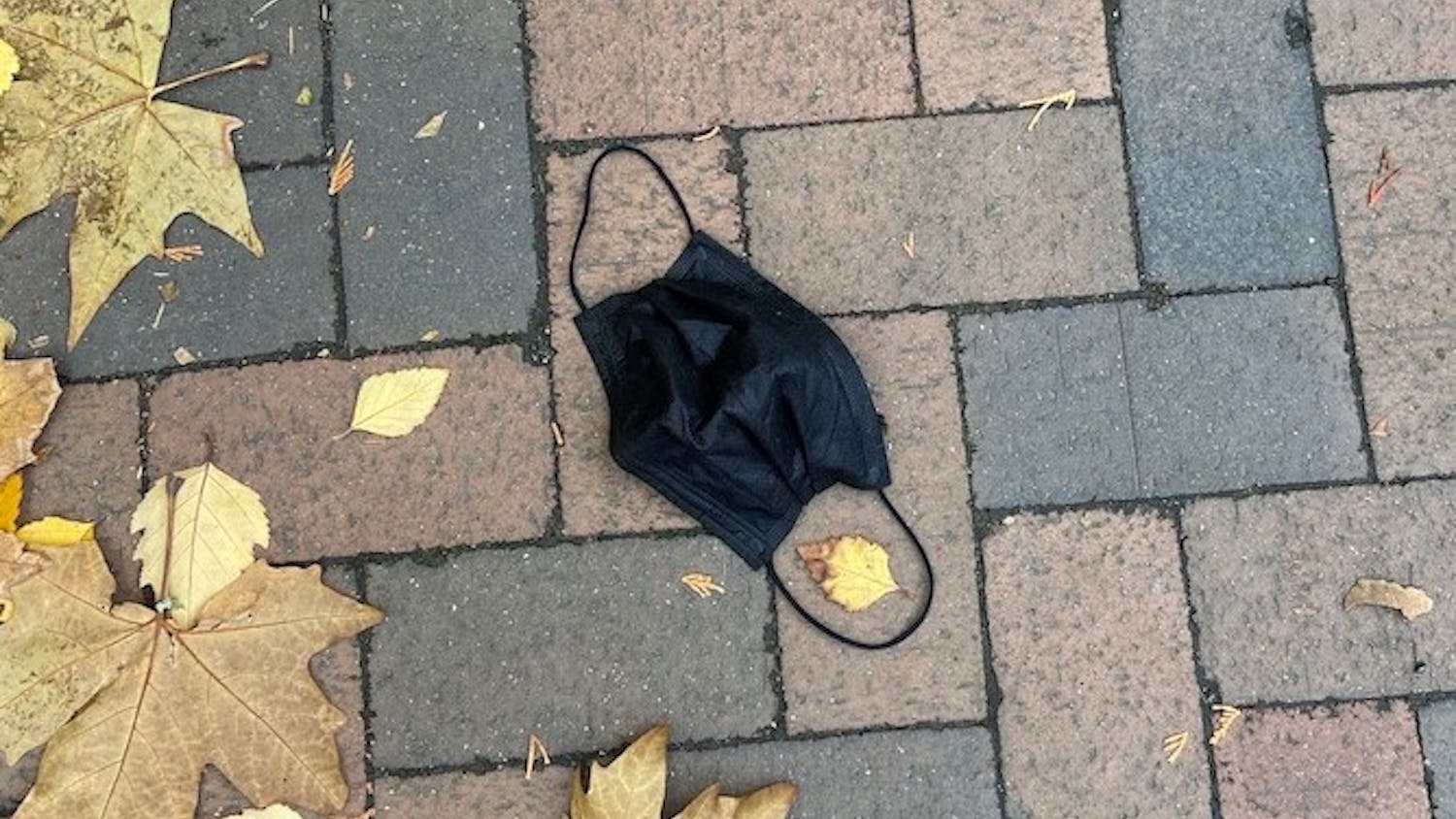By Ellis Thomson Summer is in full swing and as temperatures rise, so does the threat from wildfires in Washington. The scorching heat has sparked burn bans in several counties across the state. Whatcom County is no exception, and must adhere to fire restrictions, according to a document released by the Whatcom County Fire Marshal’s office on July 13. Only recreational fires that follow strict criteria will be permitted. Michael Medler, an associate professor of environmental studies and former firefighter himself, has made wildfires the subject of his research. “Not only can the forests around Bellingham, Seattle and Issaquah burn, they will burn and most likely during our lifetime,” Medler said. “The extra push of climate change is making it much more likely.” The threat will only get worse as long as the hard facts concerning fire mitigation are pushed aside, Medler said. “We had two record-breaking fires bigger than any historical fires before them,” Medler said. “We’ve been put on alert that we can do big fires in Washington because of the last three or four years.” The largest fire in Washington history occurred three years ago during the summer of 2015. Prompted by five lightning bolts striking the earth in Okanogan County, The Okanogan Complex Fire scorched over 304,782 acres of land, according to the National Wildfire Coordinating Group. The fires were so numerous and so intense that officials requested residents of the area to assist in the defense of their homes by volunteering to firefight. Franklin Pemberton, public affairs officer for the Colville National Forest Service, said these years were trying on staff and resources. “With fires impacting homes more and more often, we had fire managers and firefighters that were responding to fires that were threatening their own homes, and some spent over 40 days on the Colville National Forest assisting with fires,” Pemberton said. Wildfires have never been a bigger deal, yet much of the effort to mitigate the damage has either been virtually ineffective or riddled with red tape, Medler said. One such effort entails tasking the forest service with thinning out dense forested areas that would otherwise be fuel for flames. “There is nothing we can do with chainsaws and roads and thinning that will make more than a .01 percent difference,” Medler said. “It’s a great excuse to go and log but it’s not changing a thing. “One of my main points is that in the 30s we used to have 20 to 30 million acres of fire per year. Now we started suppressing it and have between 2two and 8eight million,” Medler said. “We used to have a lot bigger fires and one of the ways we can try to rejuvenate a lot of the ecosystem is by allowing fire.” Prescribed burns to certain sections of forest is the most effective way to reduce the buildup of flammable material, Medler said. The issue is convincing the public that setting fire to natural landscape is in their best interest. “The huge problems are perception,” Medler said. “If you do a prescribed fire and you’re going to burn even a small portion of 50 acres, you're risking all kinds of stuff.” That “stuff” could mean a random wind blowing smoke from a prescribed fire into a nearby town or city, a common complaint against prescribed burns. “Frustrating thing for some of those folks is they are fighting to keep a place from burning that they just spent months filing paperwork to try to keep from burning,” Medler said. “It’s a complicated mess.” Educating about the realities of wildfire prevention is no easy task. The United States Forest Service’s most successful mantra about the subject shifts the burden of prevention on the individual. The Whatcom Conservation District has taken steps to educate people about wildfire safety measures . They have established Firewise communities that educate residents about the dry, forested areas in which they live. “Folks really need to reduce risk and join communities that access an individual’s needs. That’s the place to start,” said George Boggs, executive director of Whatcom Conservation District., said. Firewise communities provide education for surrounding homeowners within a designated area about the preventative measures that can be taken towards fire- resistant homes. “We've done a bad job of setting up our lives, so they don't get disrupted by fire,” Medler said. “We need to educate people about how to build well and live well, and build communities to allow clear spaces that stop the fires from coming into their towns.”





